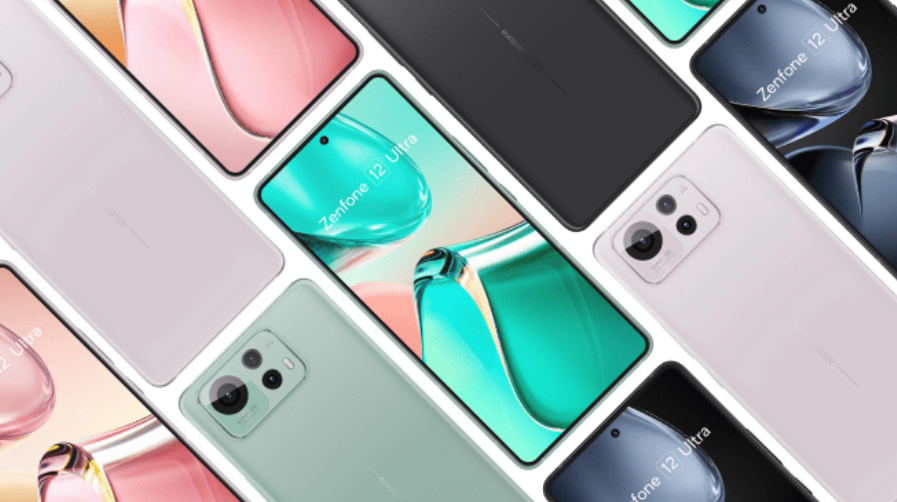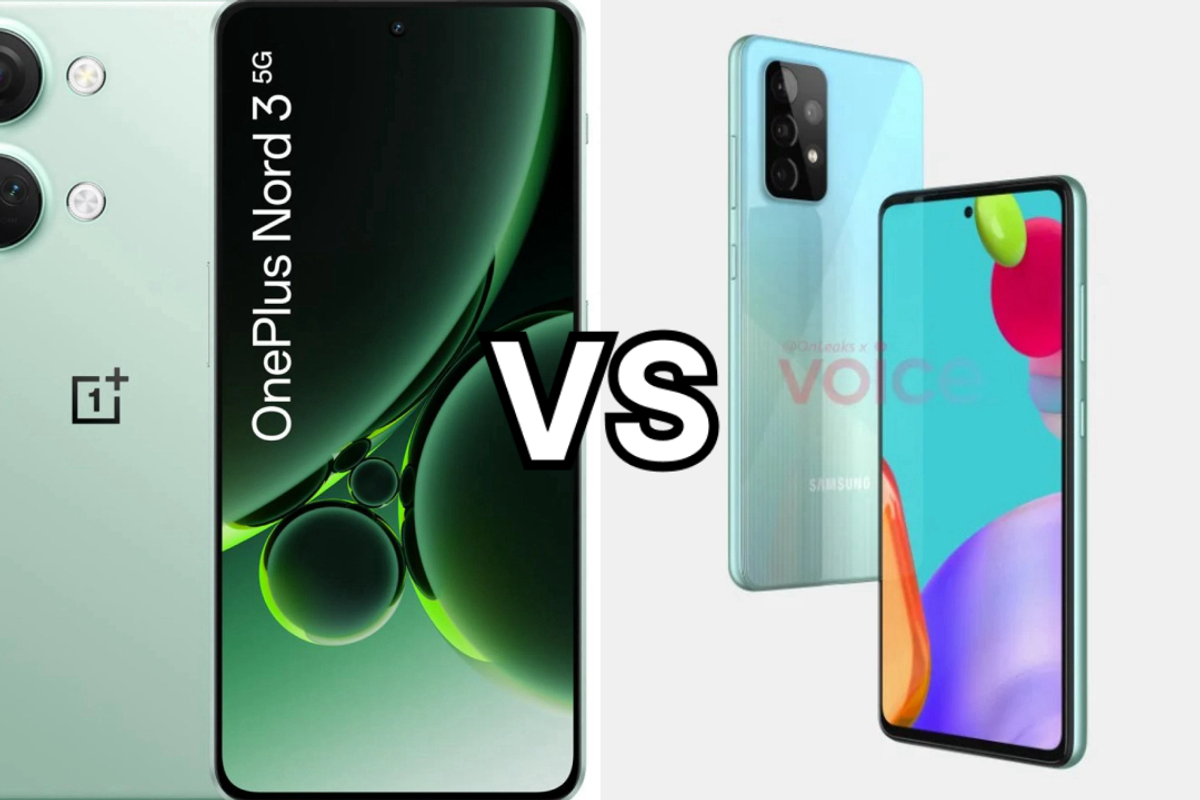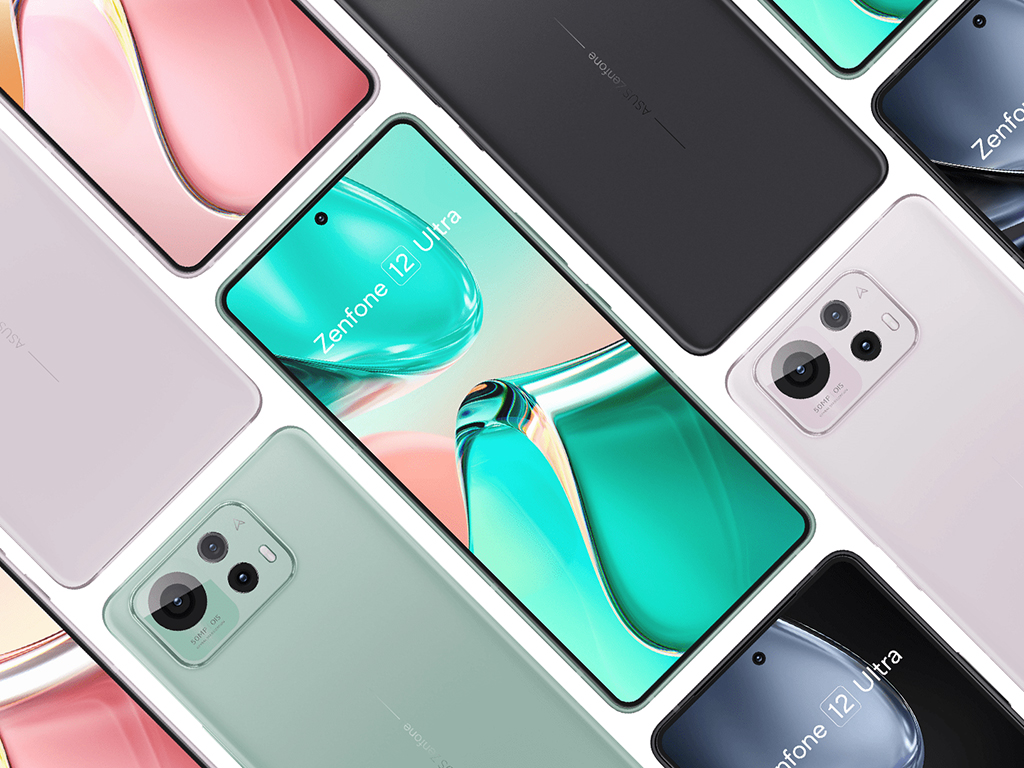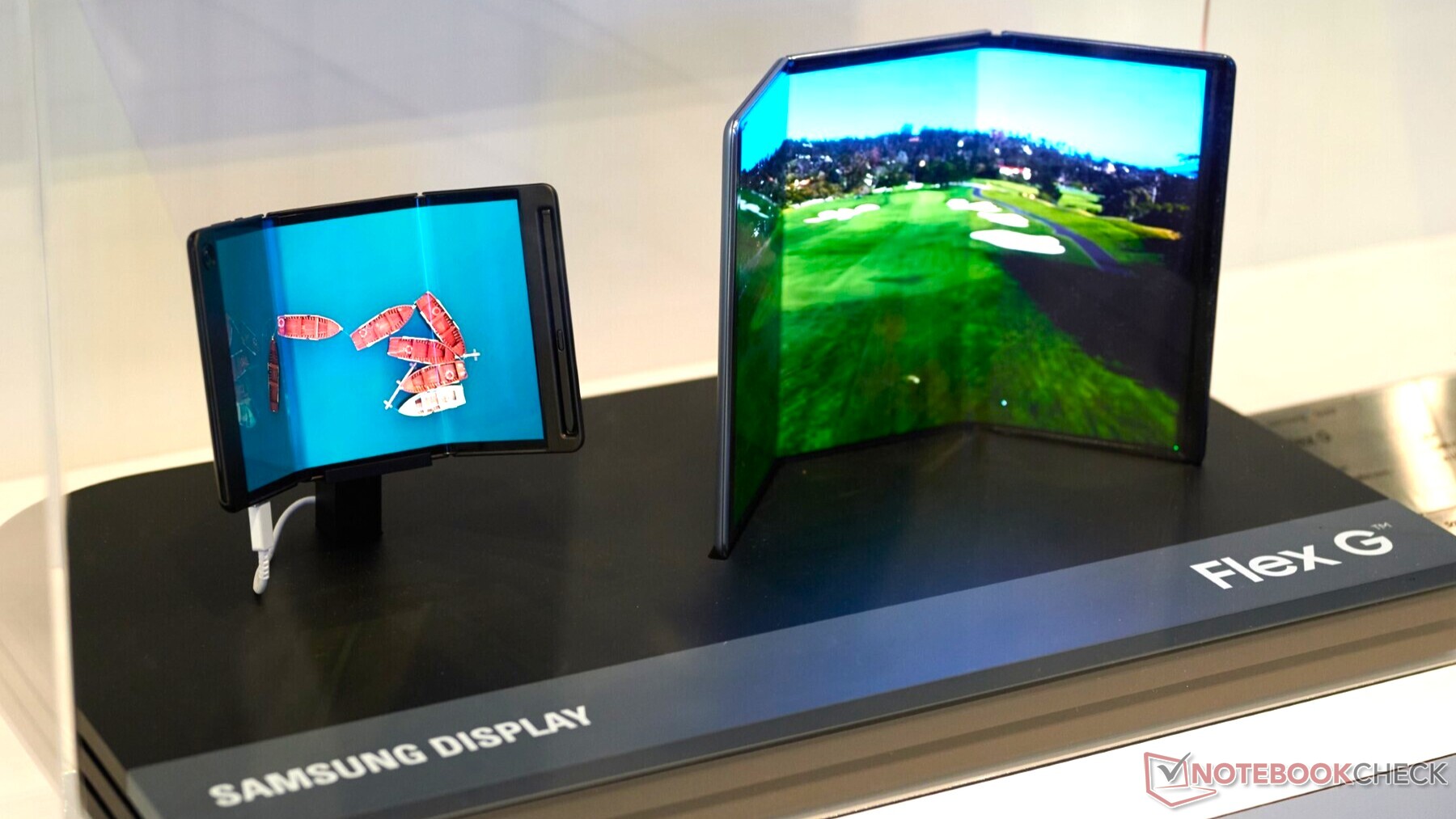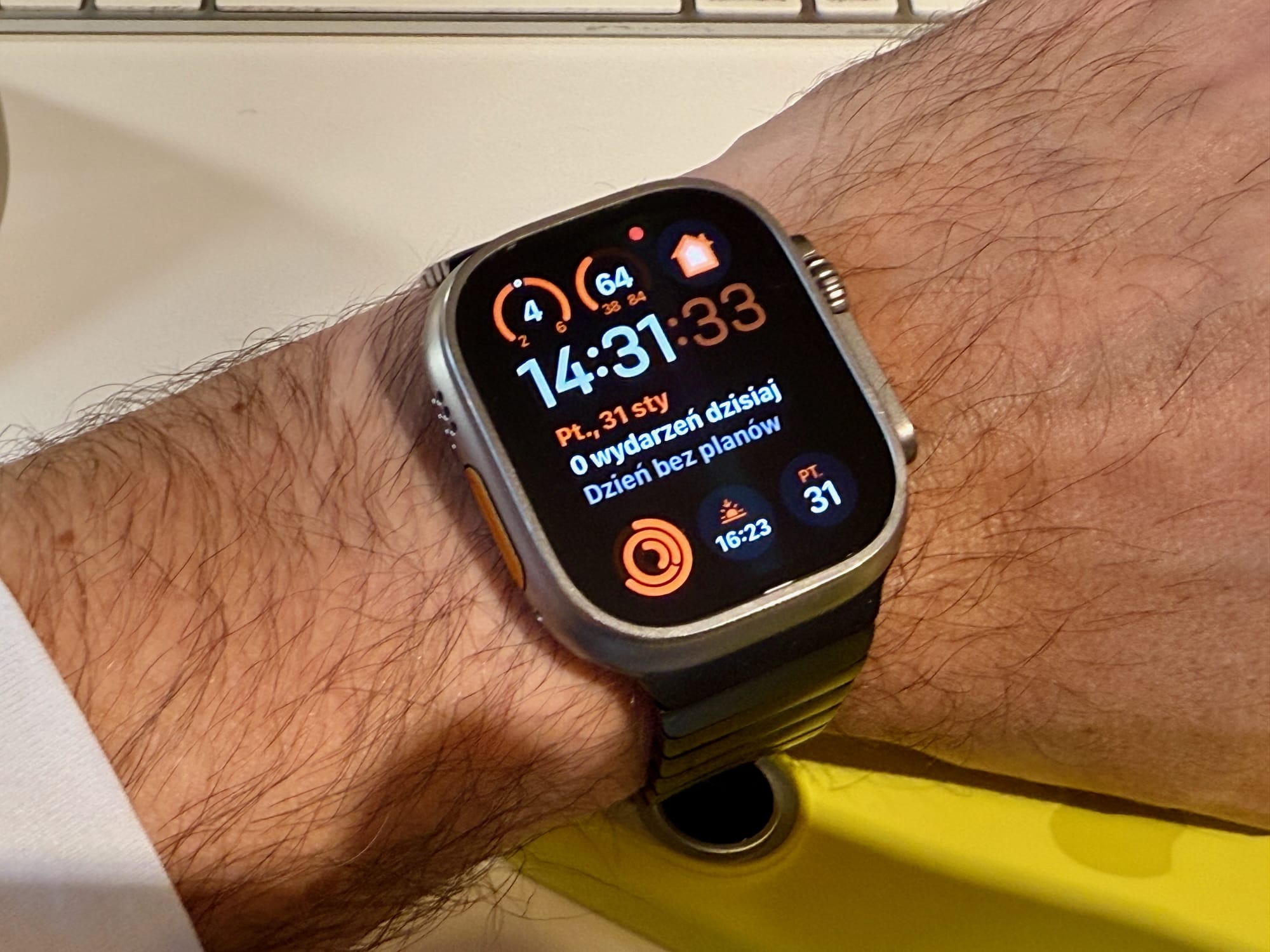Imagine walking up to your front door and it unlocks — even opens — automatically as you approach. It may sound like the stuff of smart home dreams, but it could shortly be a reality, thanks to ultra-wideband (UWB) technology arriving on smart locks.
With its precise, real-time location capabilities, UWB enables a smart lock to respond to the presence of your telephone or smartwatch as you approach your door, unlocking it with no intervention on your part. Both the lock and your device request a UWB chip, but this touchless experience means there’s no request to pull out your phone, fiddle with keycodes, fingerprints, or, god forbid, an actual key.
I got to demo the first locks to support the wireless communication protocol at CES last month, and I am ready for my hands-free smart lock future.
Fast, easy, and frictionless, hands-free unlocking is the kind of convenience the smart home needs
I test quite a few smart door locks and haven’t utilized a home key in a decade. But unlocking my front door inactive isn’t a frictionless experience: fingerprint readers are fast but can be finicky, Home Key is smooth but limited to Apple devices, keycodes slow me down, and palm readers and facial scanning inactive feel like overkill.
Turning a device that’s almost always on me, specified as my telephone or watch, into a key that can “magically” tell my door it’s me, without my having to lift a finger or look awkwardly into a camera, feels as frictionless as it can get.
Apple and Samsung appear to agree with me; both are adding support for UWB unlocking at the OS level for their smartphones and watches. Apple introduced it with iOS 18, and Samsung says its wallet feature will support Digital Home Keys utilizing NFC and UWB later this year. Both companies besides plan to support the upcoming Aliro standard that will supply a safe handshake between the lock and your telephone (more on Aliro shortly).
This is simply a good sign that this technology is set to go mainstream. All we request now are any smart locks that work with it.
At CES, I tried out 2 UWB-powered locks, the Ultraloq Bolt Mission and the Schlage Sense Pro. Even in the RF hell that is the show floor, both unlocked automatically as I approached. Carrying a telephone in my hand in 1 instance and in a bag in another, the locks responded a fewer seconds before I arrived at them, which, in the real world, would make it simple to then turn the handle and walk in.
How far distant I was from the lock erstwhile each unlocked was down to how the maker implements the UWB technology. For the Ultraloq demo, the Bolt Mission activated at 1 metre (about 3 feet). The Schlage Sense Pro responded to my velocity, beginning based on how rapidly I approached.
The company says this is due to its proprietary algorithm, Schlage Converge, which unlocks the door at the right minute based on your velocity – i.e., whether you’re moving (which I wasn’t able to do in a Venetian hotel suite) or ambling up to the door.
Both locks have alternate methods for unlocking, supporting NFC for tap-to-unlock with your telephone or watch, substance for integration with smart home platforms, and, of course, there’s an app for controlling the lock. The Ultraloq besides has a physical keypad and a keyway, and the Schlage has a touchscreen keypad but no keyway.
The crucial difference with UWB compared to all the another unlocking solutions is that you don’t gotta wait a beat or 2 at the door for it to unlock. Fast, easy, and frictionless, hands-free auto-unlocking is the kind of convenience the smart home needs. Effectively, it’s your home responding to you. And while it’s not technically hands-free — you inactive gotta turn the doorknob — the future where your door unlocks and opens may be here sooner than you’d think.
It knows precisely where you are
Currently utilized in digital car keys and Apple products, including AirTags and AirPods, UWB is simply a radar-based technology that can accurately find devices down to a fewer centimeters. utilizing active ranging between 2 UWB radios — for example, a lock and your smartphone — it sends wideband radio waves over advanced frequencies to identify the position and angle of approach of a device in real time.
When you’re carrying your compatible telephone or wearing a compatible smartwatch in scope of a UWB smart lock, the lock will first connect to the device over Bluetooth, then activate its UWB radio to identify your precise position and your angle and direction of approach.
This precise proximity unlocking means the lock should only unlock as you walk toward the door from the outside, not as you’re walking away, not if you pause before you get to the door, and not if you’re approaching from the inside. Similarly, if you’re crossing back and distant while, say, mowing the lawn or playing football in your front yard, the lock should stay locked. This is simply a crucial improvement over existing auto-unlocking technologies.
“UWB gives us that precision within virtually inches of the door. We think that delivers a more safe hands-free unlock experience.”
Auto-unlocking is not a fresh concept for smart locks — it was a flagship feature of August smart locks erstwhile they launched in 2013 and has since been utilized by respective another manufacturers. However, these implementations usage a trifecta of radios (Bluetooth, Wi-Fi, GPS) combined with an app that needs to be moving in the background on your telephone to find your location.
In my experience, the existing hands-free auto-unlocking is spotty and frustrating to use, and I don’t urge relying on it. I’ve tested it on respective locks from different manufacturers and found that it will sometimes activate erstwhile I’ve been standing at my door for a fewer seconds, sometimes neglect completely, and at another times, effort to unlock after I’ve walked into the house. seldom does it unlock as I approach.
As a local radio-to-radio communication, UWB promises to be faster, more secure, and crucially more accurate. “There’s quite a few variability erstwhile you’re utilizing Bluetooth signal strength to car unlock the lock. You could, in 1 setting, be 3 feet away, and it will unlock or you could be 10 feet away,” Tim Eskew, manager of residential electronic products at Schlage, told me. “There’s besides much variability from our position in that solution, whether that’s Bluetooth or Wi-Fi or geofencing with GPS.”
Because of these flaws, Schlage is 1 of the fewer smart lock companies that hasn’t implemented an auto-unlock feature on its smart locks — until now. “UWB gives us that precision within virtually inches of the door. We think that delivers a more safe hands-free unlock experience,” he says.
Of course, I won’t know for certain how accurate it is until I get to test these locks in the real world, but the companies I’ve spoken to about the tech seem assured that its velocity and accuracy are game-changers.
The downside of UWB technology is that you request a telephone or watch with a UWB chip built in, along with a smart lock that supports it. While there are several of the former, there are very fewer of the latter. In fact, only 3 have been announced, and you can’t buy any yet.
When they do go on sale, they’re going to be expensive. So far, the cheapest is the Lockly safe Pro UWB Duet Series at $380, which was announced at CES and is slated to arrive in Q4 of this year. The Ultraloq Bolt Mission UWB I demoed, which the company says will ship this quarter, costs $400. The Schlage Sense Pro doesn’t have a price or release date yet — another than this year — but it’s not going to be cheap.
With integration in the operating strategy of phones and smartwatches, UWB in smart locks will see wider adoption within the next year. This will be driven by a fresh manufacture standard called Aliro.
Being developed by Apple, Samsung, and Google, along with major lock and chip manufacturers, Aliro is simply a communication protocol that enables a secure, local credential exchange between your telephone or watch and your smart lock, regardless of manufacturer. The first spec will support NFC and UWB unlocking, and bring safety for your smart lock to the strategy level of your phone.
However, it’s early days for Aliro, and the spec hasn’t even launched yet. Only Schlage has confirmed that its Sense Pro will support the standard (its parent company, Allegion, is one of the founders of Aliro). Lockly has said its lock will work with Android phones at launch, with support for iOS devices coming later.
Aliro will bring Apple’s Home Key experience to Samsung and Google phones and smartwatches
Ultraloq’s Bolt won’t support Aliro at all, but the company plans to release a lock later this year that will. “We saw an chance to deliver an experience that supports Android and iPhone and be the first to market,” Matt Brown of Ultraloq told me. “With these standards inactive evolving or not rather here yet, our view is we can’t let that slow down innovation.”
The Aliro spec should arrive this year, according to companies I spoke to at CES, and it should be a large step toward turning our phones and watches into safe keys for our homes, no substance who made them. “Assuming that all of the mobile platforms adopt Aliro, it’s going to give a broader choice of either the tap-to-unlock experience or the unlock-on-approach experience,” says Eskew.
Tap-to-unlock is Apple’s Home Key, where you tap your watch or telephone on the lock for access. It uses NFC but is presently limited to Apple devices and a fistful of locks (Schlage’s Encode Plus being one of the best options). Aliro will standardize tap-to-unlock and bring it to Samsung and Google phones and smartwatches. “We are excited that Aliro will broaden that capability and bring that experience to more users across mobile platforms,” says Eskew.
If you’re not sold on hands-free unlocking or want a backup, tap-to-unlock will be a good option. In fact, initially, Aliro’s main focus is cross-platform NFC support. According to Matt Lovett, manager of engineering at Assa Abloy — the world’s largest lock maker and active in developing Aliro — the current way the standard is evolving indicates Aliro will require locks to support NFC, but UWB will be an optional feature.
As the newer, more costly technology with little existing hardware support, UWB being optional makes sense for the nascent standard. However, bringing support for NFC in smart locks to more telephone manufacturers and broadening the adoption of tap-to-unlock will besides drive the adoption of UWB. If you find tap-to-unlock super handy, imagine how useful you’ll find not even having to tap.
Ultimately, UWB and NFC work similarly, with both technologies acting as location verification, says Lovett. Aliro then provides the safe credentials, authenticating that this device is authorized to unlock this door. The main difference between the technologies is that UWB removes the physical interaction.
Of course, if you don’t have a device on you, or if you want to give individual else access to your lock, you’ll request a 3rd unlocking option, specified as a keypad or NFC tag, fingerprint reader, or yes, possibly even a conventional key.
Hands-free for real … 1 day
Assa Abloy owns Kwikset, which, along with Schlage, is 1 of the most popular residential lock brands in the US. At CES, Jeff Sandoval, manager of marketing at Assa Abloy, told me that Kwikset is planning to bring a UWB lock to marketplace as the technology matures. They plan to take a slow and steady approach to the fresh technology, as they did with launching a Matter-over-Thread smart lock.
The fact that 2 of the largest lock brands in the US are looking to UWB over any of the another solutions we’ve seen in smart locks is simply a strong signal that this is the future of smart locks. Most interestingly, Sandoval hinted that Kwikset sees “an in-stride unlocking experience” as the eventual goal — where the door not only unlocks but besides opens as you approach.
Smart lock maker Nuki offers a completely hands-free experience in Europe, with GPS-based unlocking on a lock that can control multi-turn latches — so it effectively turns the knob as well as unlocks the lock. While bringing this truly hands-free experience to US deadbolt locks will require a different solution, Sandoval says there are existing technologies that will get us to that “Star Trek moment.” And it all starts with UWB.





